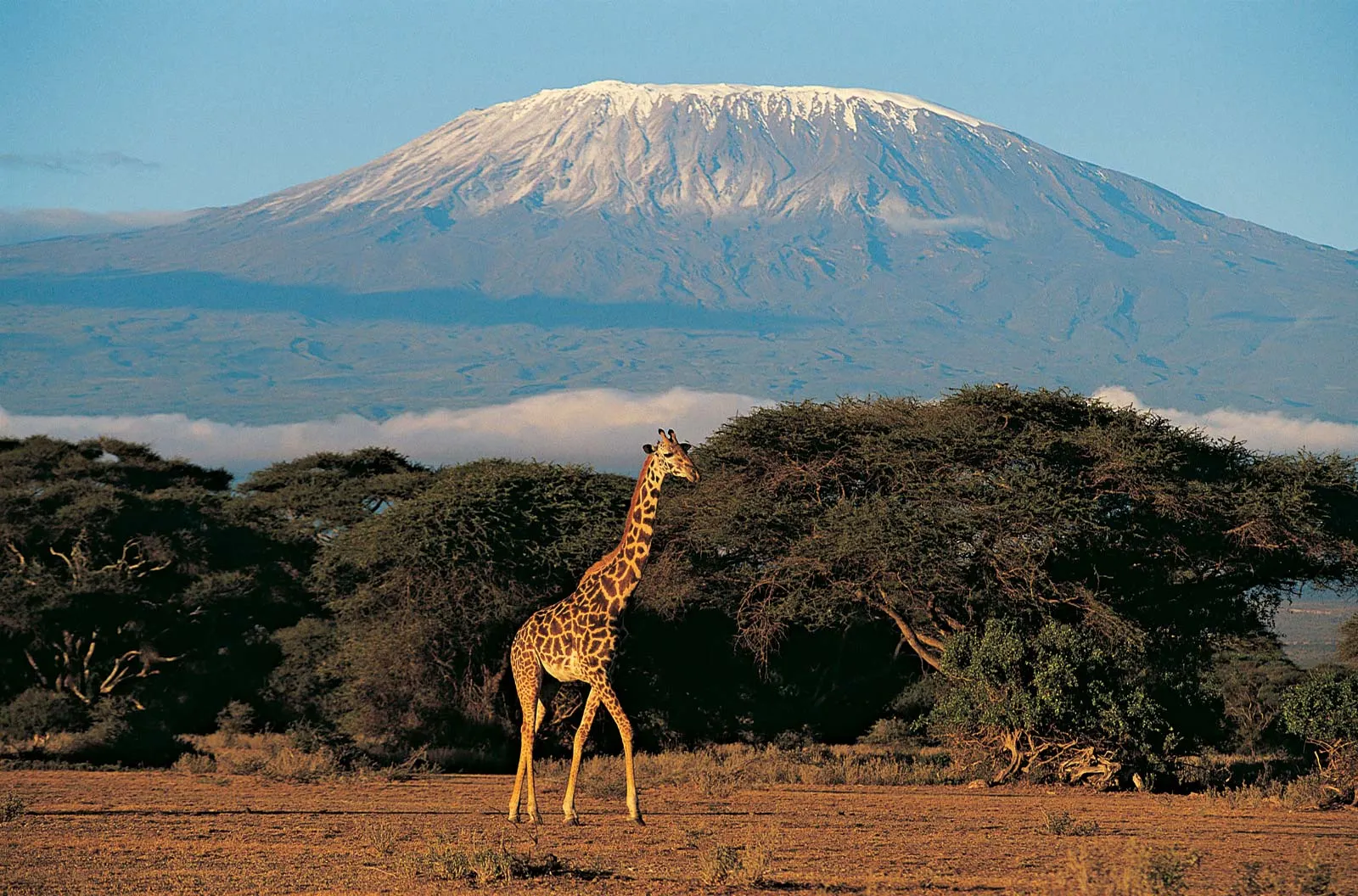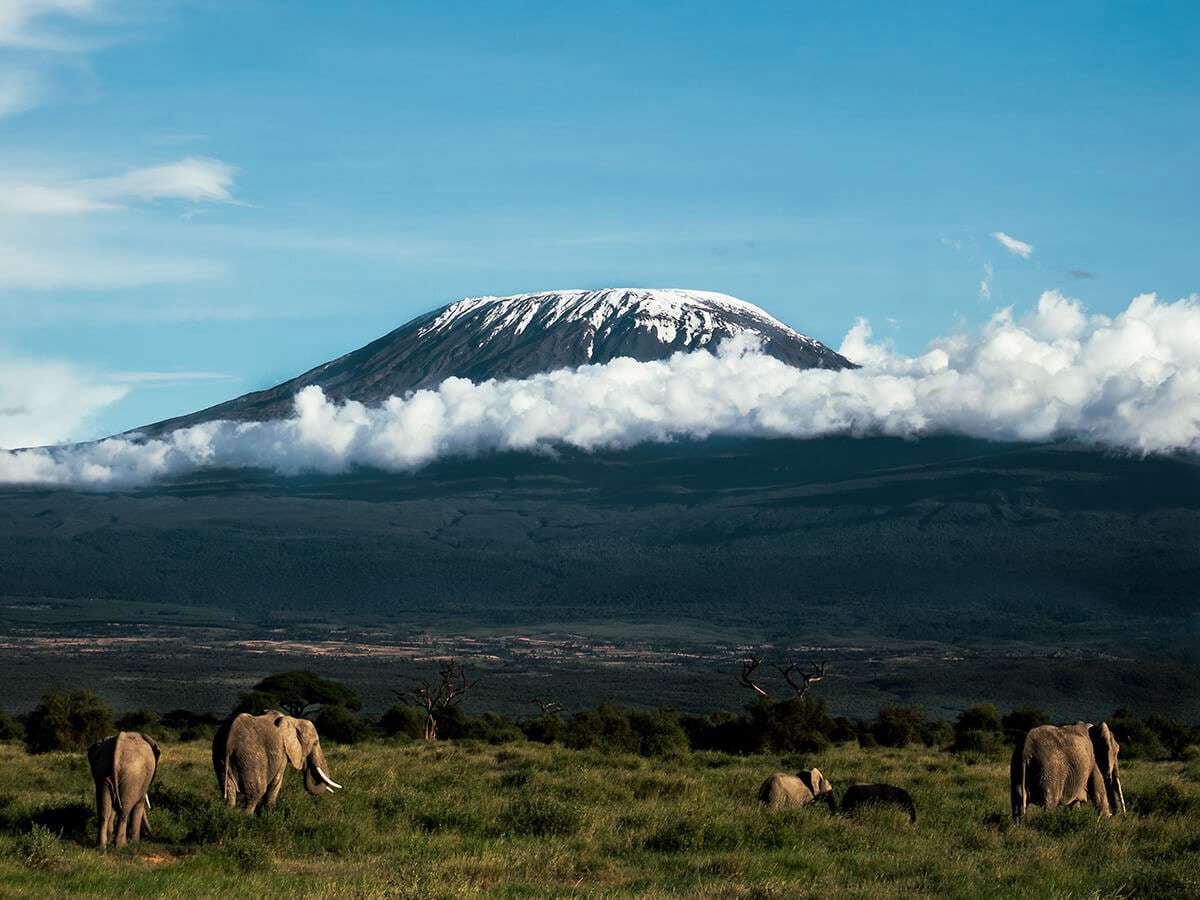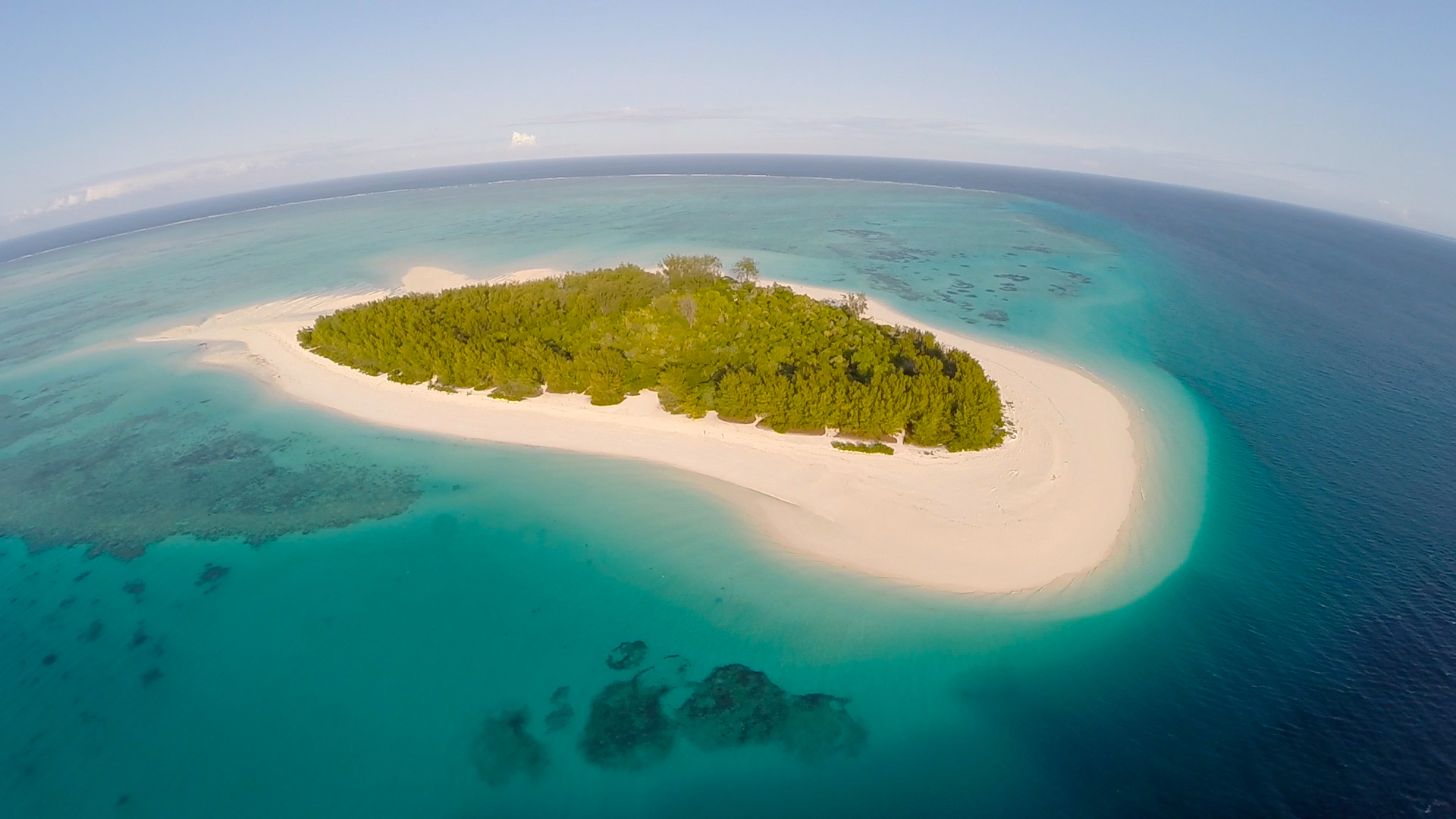
Located south of the equator, Tanzania has an average altitude of 1018 meters above sea level with the highest point being 5895 meters above sea level. This gives Tanzania a relatively good climate ranging from 20 degrees Celsius to 28 degrees Celsius.
The country has a great deal of wild game in her national parks and reserves making it ideal for a memorable safari. The country also is a home to the rooftop of Africa, the Kilimanjaro mountains which is snowcapped all year round thus favoring the mountain hikers to enjoy the glaciers on their expedition.
The country has a variety of national parks like Lake Manyara, Ngorongoro, Tarangire, and the world-famous Serengeti which offer Tourists the opportunity to see Africa’s big five as well as countless other animals that cannot be met elsewhere in the world. You will as well meet the Masai people and interact and know more about their culture as well as a visit to the Cradle of Mankind at Olduvai Gorge. We can not forget the beautiful Zanzibar, a magnificent island retreat whose rich cultural history is every bit as fascinating as its jungles and beaches.


